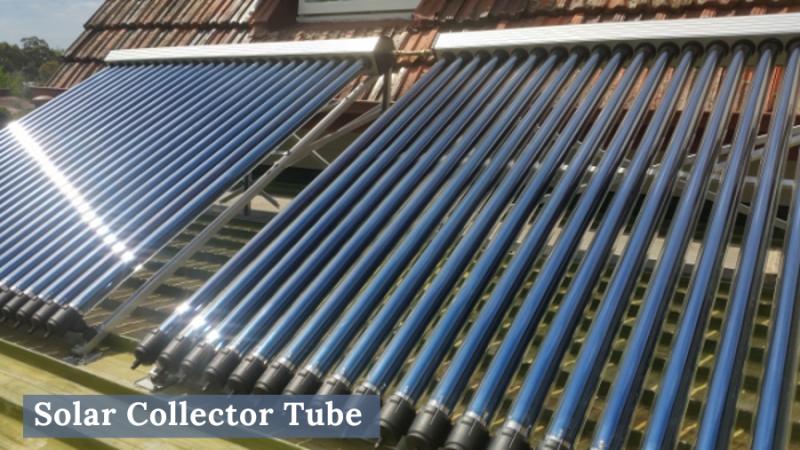The global Solar Collector Tube Market is estimated to be valued at US$ 4.56 Bn in 2023 and is expected to exhibit a CAGR of 8.5% over the forecast period 2023 to 2030, as highlighted in a new report published by Coherent Market Insights.
Market Overview:
Solar collector tubes, also known as receiver tubes, are a key component of concentrated solar power plants. They absorb solar thermal energy focused by heliostats and convert it into high-temperature heat. The heated liquid or gas is then used to generate steam to drive a turbine for power generation. Solar collector tubes are made of durable Borosilicate glass or quartz glass tubing to withstand high temperatures. They have high solar energy conversion efficiency and corrosion resistance, making them ideal for utility-scale solar thermal plants. Their use helps reduce dependence on fossil fuels by harnessing renewable solar energy for industrial processes and power needs.
Market key trends:
Renewable energy demand is growing rapidly due to climate change concerns and the need for clean power sources. Governments worldwide are supporting solar energy adoption through policies and investments. Solar power infrastructure is expanding significantly to meet this rising demand. Concentrated solar power plants in particular are seeing increased deployment as they offer cost-effective solar thermal storage for grid-scale steady power supply. This is boosting demand for solar collector tubes which are a crucial component for CSP technologies. Development of advanced high-efficiency solar collector tubes using nanotechnology coatings and phase change materials is another key trend fueling the market growth.
Porter’s Analysis
Threat of new entrants: The threat is moderate as the initial investment required to set up a solar collector tube manufacturing unit is high. However, opportunities exist for new players to expand operations through leveraging emerging technologies.
Bargaining power of buyers: The bargaining power of buyers is high since solar collector tubes are undifferentiated products and buyers can negotiate pricing and contracts with suppliers to obtain competitive rates.
Bargaining power of suppliers: The bargaining power of suppliers is moderate since raw material costs, specifically glass tubing, account for a large share of production costs. Suppliers can influence prices to some extent.
Threat of new substitutes: The threat is low as solar collector tubes have few alternatives that can match their efficiency, durability and cost-effectiveness for concentrating solar thermal power applications.
Competitive rivalry: Intense as manufacturers compete on the basis of product quality, pricing and technology.
Key Takeaways
The global Solar Collector Tube Market is expected to witness high growth, exhibiting CAGR of 8.5% over the forecast period, due to increasing investment in renewable energy infrastructure across developing nations to reduce carbon emissions.
Regional analysis
Asia Pacific dominates the global solar collector tube market and is expected to grow at a fast pace during the forecast period. This is attributed to the large number of solar energy projects in countries such as China, India, and Japan. China accounted for over 50% of the global demand for solar collector tubes in 2023.
Key players operating in the Solar Collector Tube Market are Schott AG, Yulong Dingtajian, Apex Solar, Sinosun Energy, Neo Solar Power Corporation, Solimpeks Solar Energy, Sunrain, Hubei Fullhonor Solar Energy, and others. Key players are focusing on expanding their manufacturing capacity and diversifying their product portfolio by introducing glass tubes with anti-reflective coatings to improve efficiency.
*Note:
1. Source: Coherent Market Insights, Public sources, Desk research
2. We have leveraged AI tools to mine information and compile it

